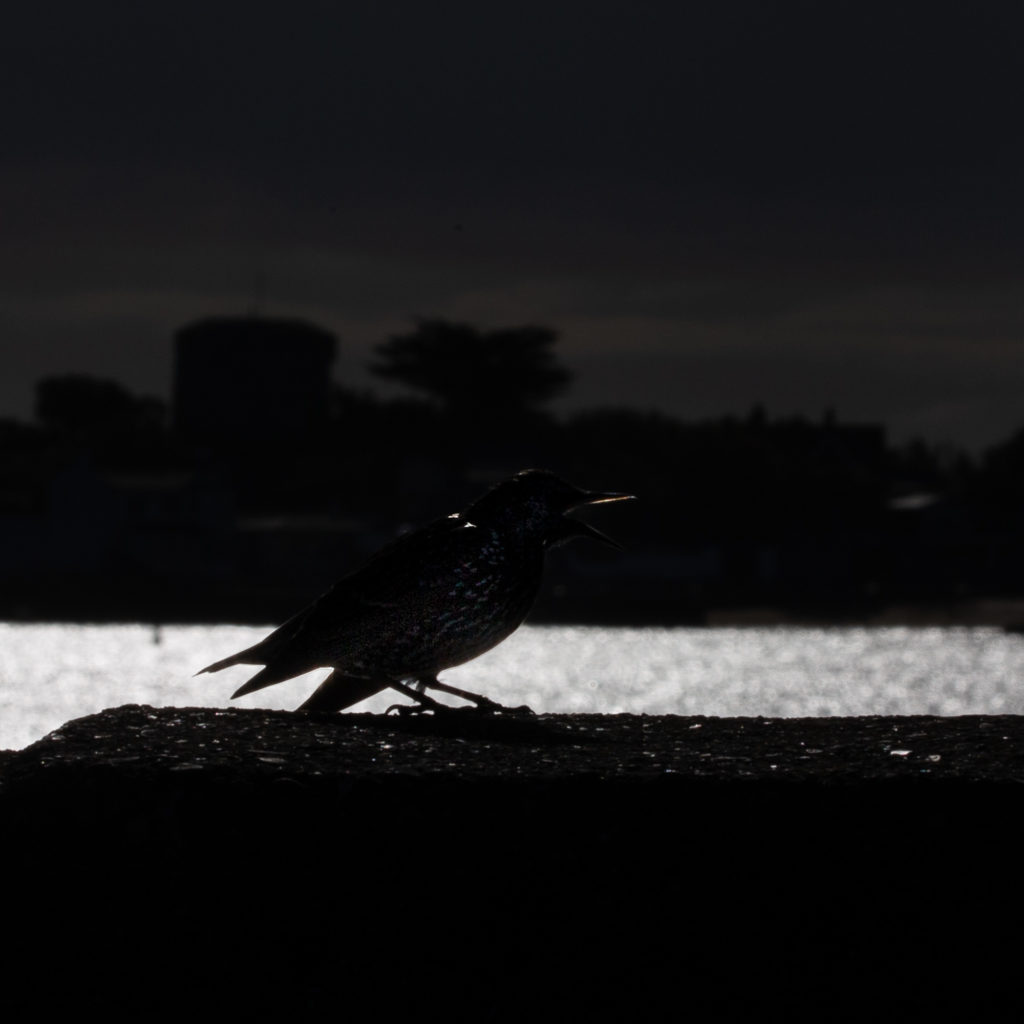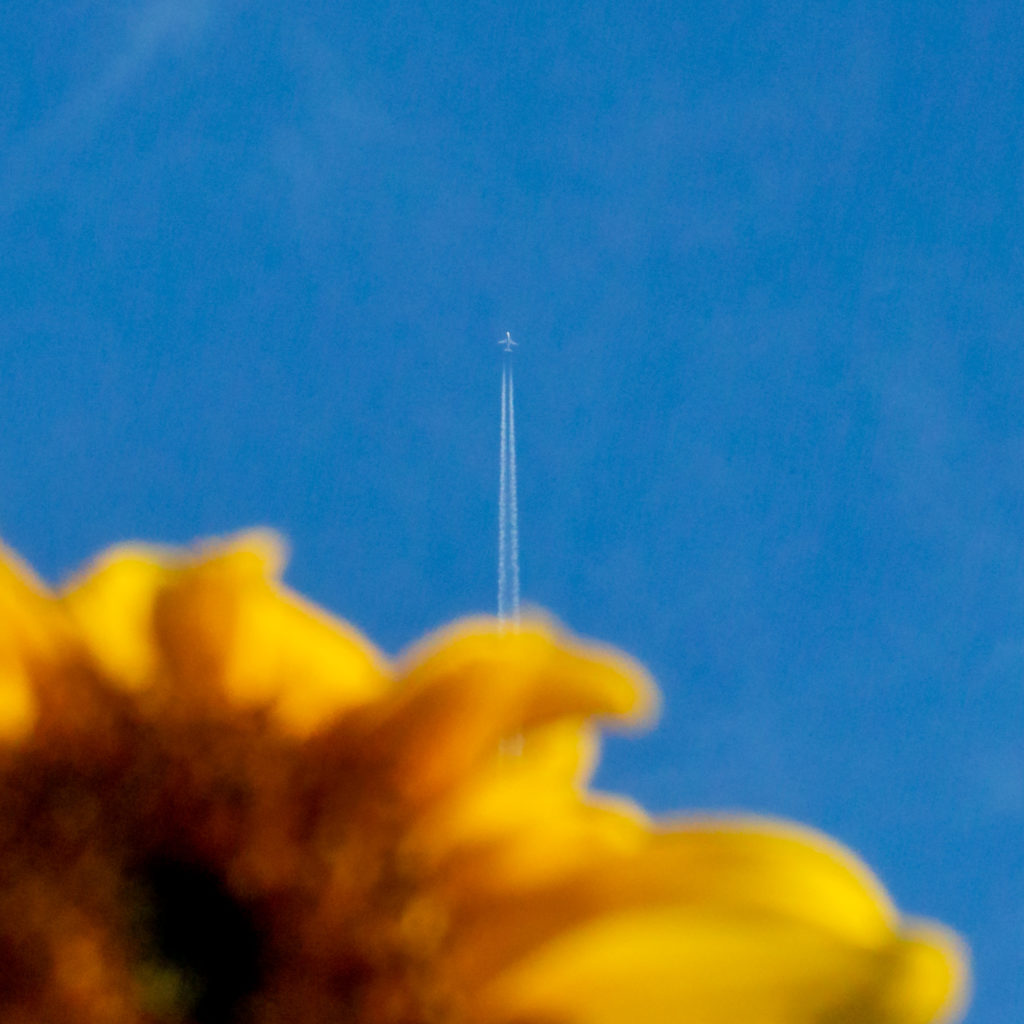There are a few stories in these journals about how technology changes with time (and space). Today, our TV breakfast news was headlined by the story of a collision of two black holes several billion years ago. A redefinition of the concept of a ‘late breaking’ story that we know about because of the sciences. The collision that was detected chirped for less than a tenth of a second on May 21st, 2019. It’s worth noting that mankind only invented the mechanism to record such news recently.

Three generations before me, while my great-grandfather was taking photographs with a newly created dry-plate camera system, two physicists called Nicholson and Morley were looking at reflected light from a different angle. They had noted fringing in light reflected between two mirrors across a distance of metre and half. They had just built the first interferometer in order to help to elucidate the cause of the ripple-like fringes they could see.
On a different pursuit, Albert Einstein derived a mathematical explanation of the relative movements of objects. He showed that time and space are interconnected. He jarred the science community when he proposed that matter could become energy and vice versa. And he proposed that gravity must be a part of it all. Building on Poincaré’s 1905 proposal, Einstein predicted the existence of gravitational waves in 1916.
Then in 1974, RA Hulse and JH Taylor discovered a binary pulsar, two radiating neutron stars. They used their pulsar observations to demonstrate the existence of gravitational waves that matched the properties predicted by Einstein. You’d know this isn’t easy science if you counted the Nobel laureates.
And so LIGO (Laser Interferometer Gravitational-Wave Observatory) was funded. It was built by 1999 and shut down in 2010 having detected nothing. Lessons were learned and a new version, ten time more sensitive was put to work in 2015. And the revised LIGO detected gravitational waves within the first few days of operations in 2015. And it was upgraded to even greater sensitivity again in July 2019.
We pursue such ideas because we are a curious species. What we’ve done with what we can ‘see’ is amazing. Now with gravitational waves, we are entering a new way of examining the universe. It’s a new sense, if you will, much like senses other animals have that we can’t really fathom. For example, electric fields are sensed by sharks, skates, and rays by their Ampullae of Lorenzini and used to locate prey. These new gravitational wave sensors are lifting a veil of universal mystery and changing the way we do physics, astronomy, and astrophysics.
The Carolingians, by Charlemagne’s edict around 800 AD, established a culture that pursued knowledge for its own sake. They weren’t the first but I mention it here because this was at the height of the so-called European Dark Ages. The supposed lack of culture and advancement after the fall of the Roman Empire has been wildly exaggerated because the historians with quills were Europeans who have been denying other historicities for over two millennia. That aside, the establishment of Carolingian schools as educational institutions presaged the university system that enabled the academia that continue to teach and train the scientists that continue to predict and prove new things.
LIGO is all about extreme engineering and instrumentation because gravitational waves are weak, very weak. LIGO has to measure a motion 10,000 times smaller than an atomic nucleus. Where Nicholson and Morley had two mirrors about 1.4 metres apart, LIGO’s mirrors are effectively 1200 kilometres apart. This is achieved within a length of 4 km by repeatedly reflecting the light between multiple mirrors. And this was done in part because of the engineering required to correct for the curvature of the earth which over the 4 km length is about a meter. It gets way, way more complicated and if you are curious, you can read more about it at the CalTech LIGO site here. And did I mention that there are two detectors, one in in Louisiana and a duplicate in Washington, some 3000 km apart.
Here in Europe, there is the Virgo observatory. Such is the challenge in these sciences that international collaboration is the only way forward. These three instruments will each detect the arrival of a gravitational wave at slightly different times, as in ten milliseconds delay between the two LIGO instruments. This enables the use of trilateration by which the difference in arrival times can be used to determine the source of the wave.
There’s a good article in Nature here, should you be more curious. What’s amazing in one sense is that when the massive black holes merged, they warped space and time and created ripples in the fabric of the Universe that shot out at the speed of light. Seven billion years they travelled to get here, at the speed of light. Thats five gigaparsecs, an unimaginable distance to you and me. So these waves are incredibly faint yet we detected them.

‘Gravitational waves will allow us to explore fundamental physics, examine the weirdest objects in the universe and possibly even peer back to the universe’s earliest moments’ predicted New Scientist back in 2016. Perhaps we’ll start to get to grips with dark energy?
This extreme engineering is a long way from the extreme LaserDot printing system I was using for geophysical plotting forty years ago. My employer uniquely built devices that could print on photographic film at an era astounding 300 dots per inch. We had a problem with low frequency vibrations from distant road traffic so the refrigerator sized printer/plotter device needed to be mounted on a huge concrete slab for stability. A great technology for geophysics that pretty much died the day a colleague discovered a rival and more compact system that could do the 2000 dots per inch needed for the wallpaper design industry.
And we’ll finish on gravitational waves with a more lyrical description of that first spike on LIGO in 2015, as written by Brian Greene in Until The End of Time:
‘…1.3 billion years ago, a time when multicellular life was just starting to coalesce on planet Earth, two distant black holes were orbiting each other every more closely and ever more quickly, closing in on the speed of light, until in a final orbital frenzy they smashed together. The collision generated a tidal wave in space, a gravitational tsunami so enormous that its power exceeded that produced by every star in every galaxy in the observable universe. The wave raced outward at the speed of light, in all directions, and so part headed toward earth, diluting in power as it spread ever more widely.’

Leave a Reply